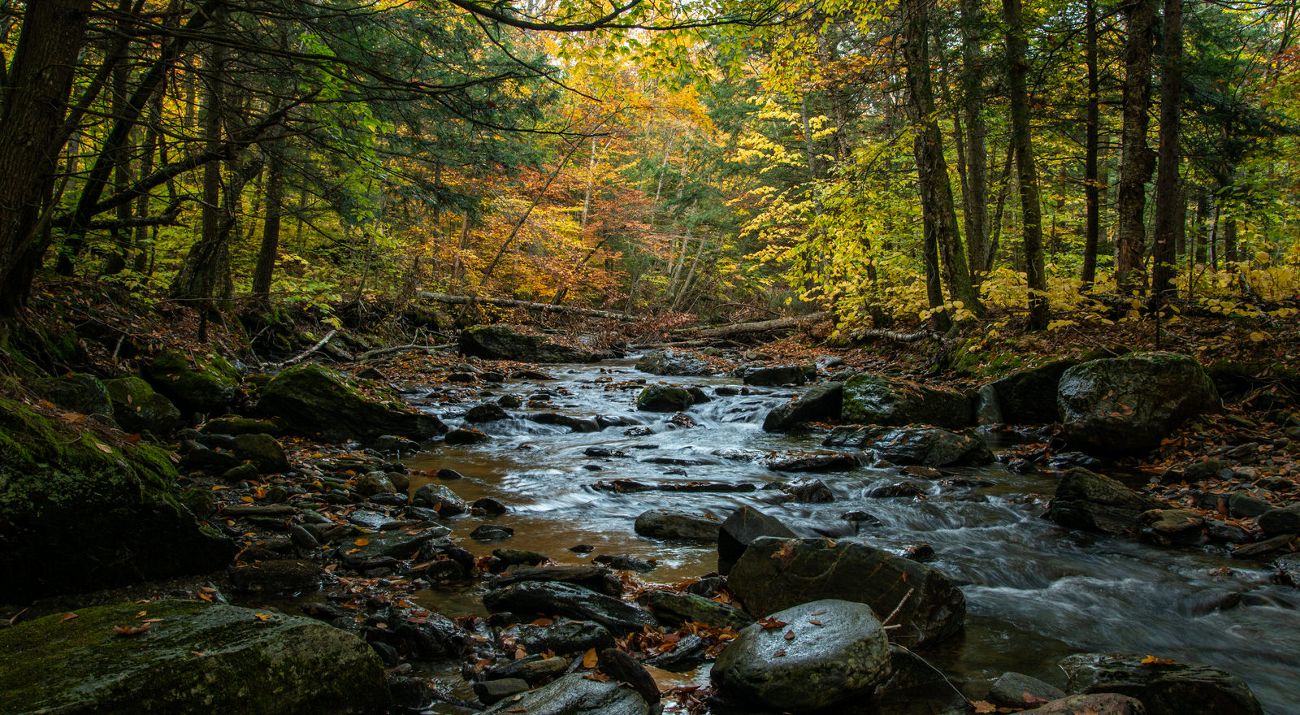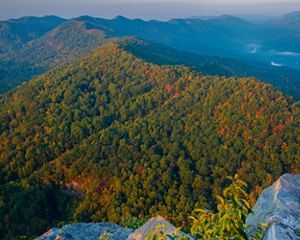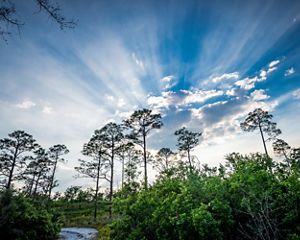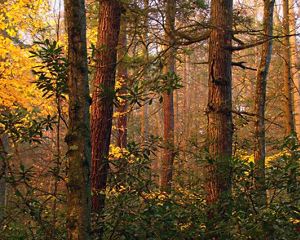America’s family forest owners have a critical role to play in addressing the climate crisis.
Nearly 40% of forests in the U.S. are owned by families or individuals, on properties with an average size of just 67 acres. Collectively they own 290 million acres, making family forest owners a critical piece of the puzzle in maintaining and improving carbon sequestration and storage in our forests.
The Family Forest Carbon Program, a program created by the American Forest Foundation and The Nature Conservancy, supports family forest owners in improving forest health and addressing climate change through climate-smart forestry.
Quote: Laura Marx

By doing things a little differently, landowners are able to generate income from the program and produce wood products, while ensuring that their forests maintain their carbon-absorbing power.
TNC's Role in the Family Forest Carbon Program
In the early years of the program, our science work was focused on developing an Improved Forest Management methodology, in collaboration with AFF and TerraCarbon, a carbon-science advisory firm. This methodology provides more measurable proof of climate impact and also helps make carbon projects more accessible for owners of smaller forested properties. TNC continues to lead on the identification, modeling, and piloting of new climate-smart forestry practices that landowners can implement on their enrolled properties.
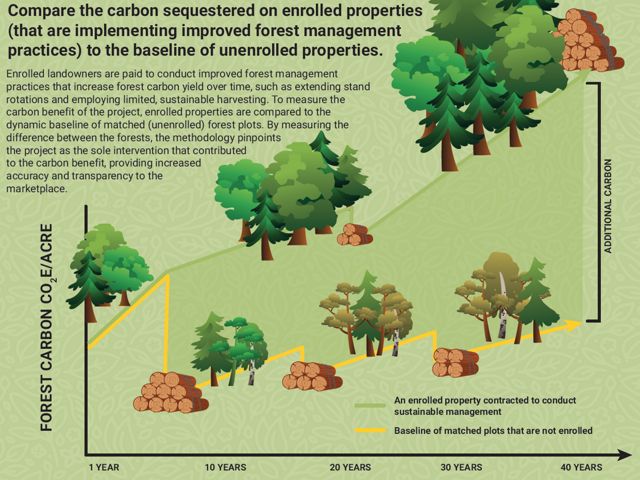
Dynamic Baselines
Download an infographic to see how this methodology improves accuracy and transparency for the marketplace.
The carbon generated by landowners enrolled in the program is measured and verified to meet an approved forest carbon accounting methodology.
Using what is referred to as a “dynamic baseline,” we compare the carbon sequestered on lands enrolled in the Family Forest Carbon Program to highly similar forests that are not enrolled in the program. By measuring the difference between stands enrolled in the Program with those not enrolled, the methodology pinpoints the carbon benefit of the program on enrolled landowners’ properties.
The Family Forest Carbon Program then sells the verified carbon credits to companies interested in going above and beyond what they can do to reduce emissions through their business processes and supply chains, to contribute to addressing climate change which in turn helps keep the program running.
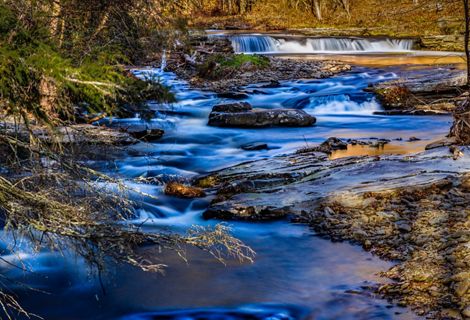
Family Forest Carbon Program: Small Landowners Make a Big Climate Difference
The Family Forest Carbon Program is a way for small forest owners to improve forest health and help mitigate climate change while earning an income to cover the cost of taking care of their land.
How Federal Funds are Helping Families Revive Their Forests
Forester Jack Lampman guides small-scale landowners who want healthier forests, all thanks to the Inflation Reduction Act.
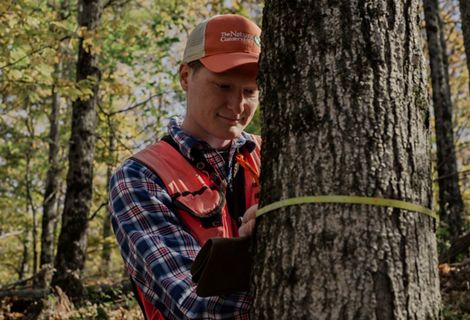
Climate-smart forestry refers to practices that are designed to improve forest health and increase carbon sequestration to help prepare for and fight climate change. “The practices TNC is involved in reflect the ecological needs of forests in different regions of the Country,” says Catherine Macdonald, Former North America Natural Climate Solutions Director. They are designed to provide improved wildlife habitat and support sustainable forestry.
We collaborate closely with AFF on landowner outreach, forester training, and partner coordination for climate-smart forestry in these regions:
Central Appalachians
The forests in the Central Appalachians are among the most biodiverse and resilient in North America and are home to a rich array of plants, animals, and unique landforms. These forests provide clean air and water to millions of people in the eastern United States, act as an avenue of migration for a multitude of species affected by climate change and store vast amounts of carbon. In this region, climate-smart forestry practices to grow older and larger trees can enhance carbon sequestration while supporting a working forest.

Northeast
Approximately 85% of forests in the northeastern United States are privately owned. Private landowners play a crucial role in the management and conservation of these forests. Their decisions and practices have a significant impact on the overall health and sustainability of the region's forests and the ecosystem services they provide. Climate-smart forestry practices to thin the forest by removing smaller-diameter trees gives larger trees more room and ability to grow; gap harvesting helps a forest maintain its carbon storage capability while allowing for production of wood products.

Midwest
Due to past management and wildfires, forests in the Midwest have become much less diverse in terms of tree species and age. This makes our forests less resilient and more vulnerable to stresses like invasive species, disease and insect infestations and climate change. Climate-smart forestry practices to grow older and larger trees can enhance carbon sequestration, while supporting a working forest. This practice promotes long-term forest health, improves habitat for the numerous wildlife species that rely on mature forests, and increases the commercial and environmental value of the woodland.
How the Family Forest Carbon Program Works
The program provides annual payments to enrolled landowners to implement forest management practices scientifically proven to enhance carbon sequestration, improve forest health and provide other important ecosystem benefits. To achieve these outcomes, the program also provides access to professional foresters that help landowners write a forest management plan tailored to their property.
Enroll in the Family Forest Carbon Program
The Family Forest Carbon Program is currently enrolling landowners in Pennsylvania, West Virginia, Maryland, Massachusetts, New York, Vermont, Minnesota, Wisconsin and Michigan, with plans to expand to additional regions and states in the coming months.
